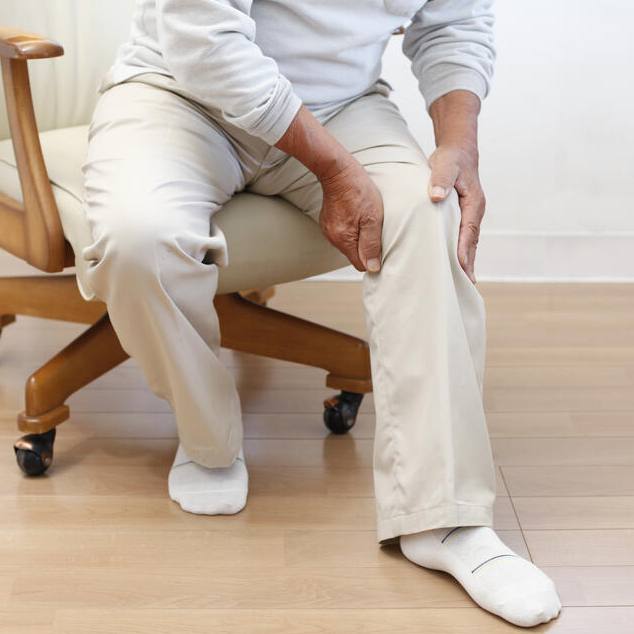-
Prostatitis Often Challenging to Diagnose
Prostatitis Often Challenging to Diagnose
January 15, 2010
Dear Mayo Clinic:
What can you tell me about prostatitis? What are the treatment options?
Answer:
A lot of men are familiar with certain prostate-related problems, such as the risk of prostate enlargement and prostate cancer. But prostatitis is a painful syndrome that men seldom hear about.
Prostatitis is a general term for infection or inflammation of the prostate gland, which is located just below the bladder. There are several forms of prostatitis. Although these disorders generally aren't life-threatening, they're less understood than other prostate-related conditions and tend to be somewhat difficult to diagnose and treat.
The risk of prostatitis increases if you've had a recent infection of the bladder or urethra, recently had a catheter inserted through your urethra, or tend to not empty your bladder completely or frequently enough. In a small number of men, vigorous activities such as jogging, bicycling, horseback riding or heavy lifting may promote prostatitis.
Although prostatitis is more often seen in men between 18 and 50, it can affect older men, too. As many as 12 percent of men in the United States see a doctor sometime during their lives due to prostatitis.
Prostatitis can be challenging to diagnose. A digital rectal exam (DRE) helps your doctor to determine if the gland is inflamed or infected. The gland may be massaged after which you may be asked to void in order to collect fluid from the prostate to check for infection or inflammation. Massage — and even an exam — aren't recommended if you have a very acute infection.
There are four forms of prostatitis, and the signs and symptoms vary:
- Acute bacterial prostatitis — The least common but most evident form of the disease is acute bacterial prostatitis. This is due to infection most often from bacteria normally found in the urinary tract or large intestine. It typically shows up with sudden signs and symptoms. These may include fever, chills, flulike symptoms, lower back and genital- area pain, urinary urgency, frequent urination, blood-tinged urine, painful ejaculation, difficulty urinating due to pain, a burning sensation, or diminished flow of urine. Immediate medical care is important, as serious problems may develop.
- Chronic bacterial prostatitis — This, too, is due to bacterial infection, although what causes it is less certain. It sometimes develops after acute prostatitis, possibly due to bacteria in the urinary tract or from a bloodborne infection. Signs and symptoms are very similar to the acute form, although often less severe and with more gradual onset.
- Chronic pelvic pain syndrome (formerly called chronic prostatitis) — The most common type of prostatitisis also the most difficult todiagnose and treat because thecause isn't fully known. The spectrumof signs and symptoms is verysimilar to the chronic bacterial formexcept that no bacteria are detectablein urine or prostate fluid,and it's unlikely a fever will develop.Treatment focuses on breakingthe cycle of recurrent and persistentsigns and symptoms due to inflammation or pelvic floor pain.
- Asymptomatic inflammatory prostatitis — There are no symptomswith this type. It may be discoveredwhile looking for the cause of elevatedprostate-specific antigen (PSA).
Treatment is geared to the form of prostatitis. Antibiotics are used to treat all forms of symptomatic prostatitis. For the acute bacterial form, a few weeks of antibiotics may be all that's needed, depending on how well you respond.
The duration of antibiotic treatment for the chronic bacterial form usually takes longer — from weeks to months — and may need repeating if the infection returns.
When the prostate gland has been infected, calcium deposits also may occur, which can make it difficult to get effective levels of antibiotics in to the prostate tissue. In some men, a daily antibiotic therapy may be needed for an extended period to control infection and reduce recurrence.
Other medications that may provide symptom relief include:
- Alpha blockers, which can help improve urine flow.
- Nonprescription pain relievers, which may ease discomfort and possibly help break the pain cycle brought on by sensitized nerves.
- Muscle relaxants, which may help relieve pelvic muscle spasm that can accompany the pain.
In addition, a trained therapist can teach you specific exercises and relaxation techniques to relieve lower pelvic muscle tension. Stress-reduction techniques, such as biofeedback, may help. Applying warm compresses or soaking in warm water also may help.
— Lance Mynderse, M.D., Urology, Mayo Clinic, Rochester, Minn.







